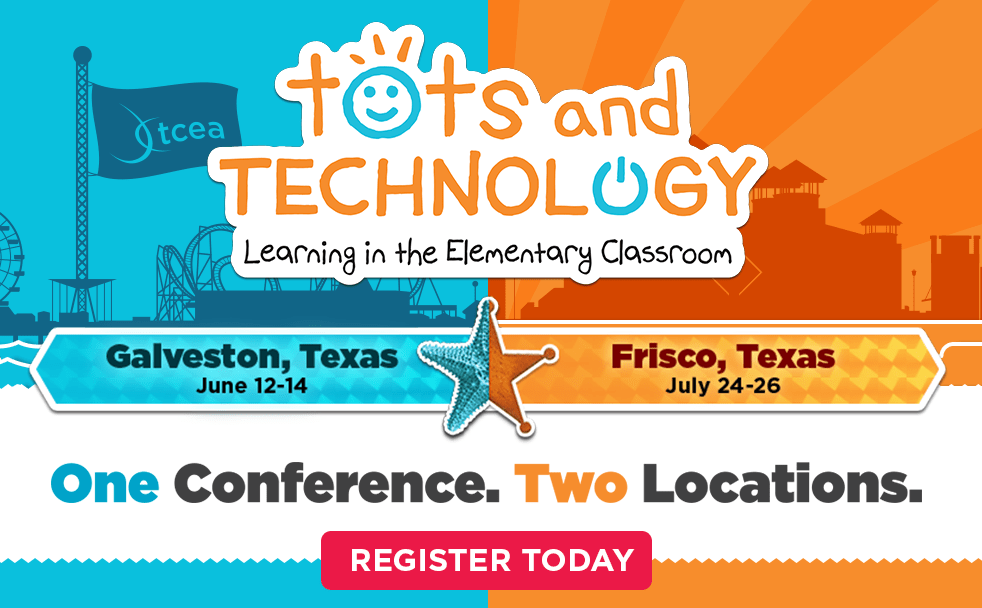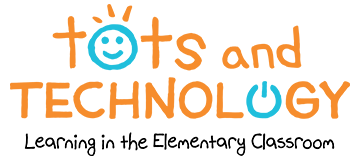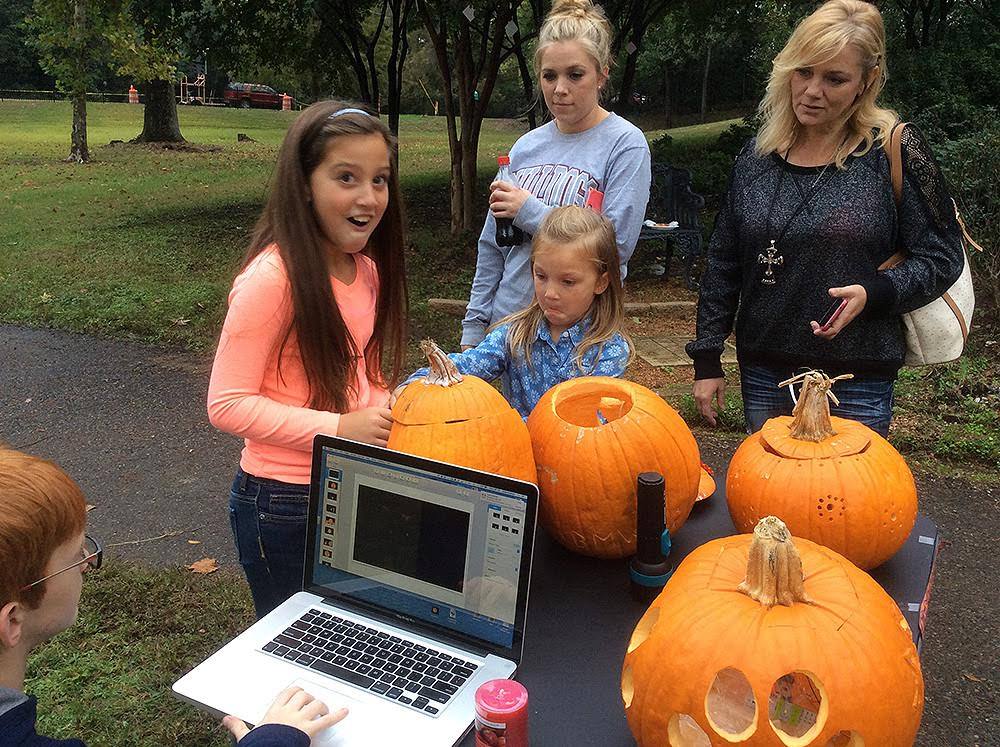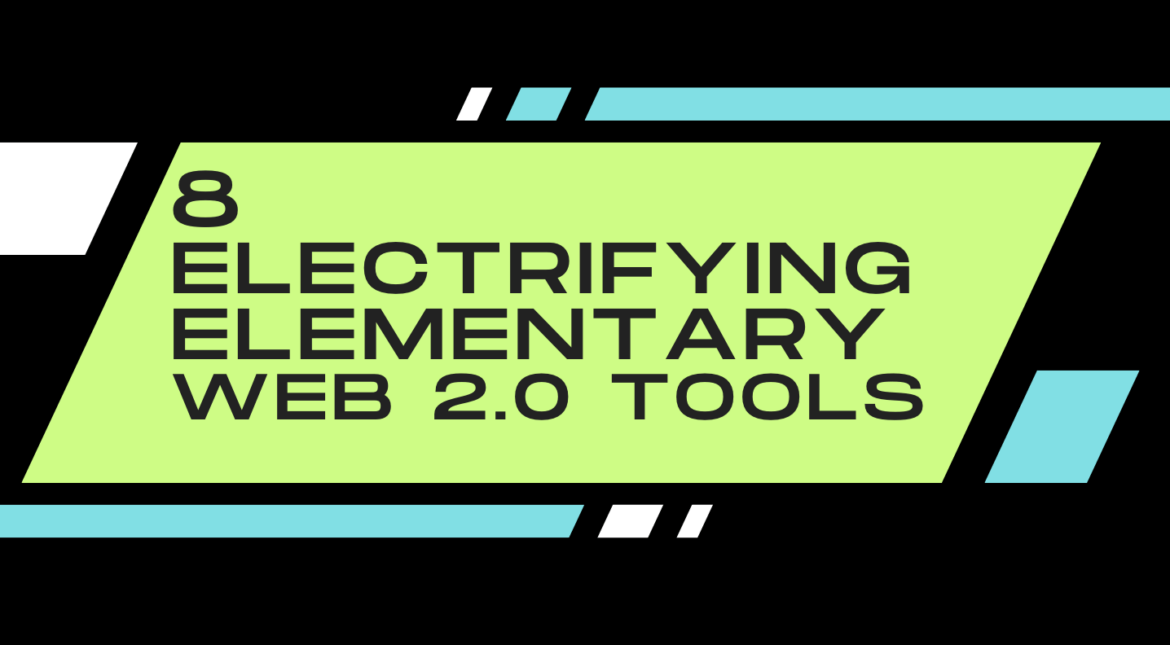If you’re looking for resources to use with elementary and middle school students during Computer Science Education Week December 5-11, look no further than Learning.com’s free trial of EasyCode. Providing ready-to-go lesson plans, a quick-start guide, and in-depth video tutorials, the program helps students learn to code in CoffeeScript, a powerful coding language that is the foundation for JavaScript, the programming language for HTML.
“To give today’s students a competitive edge in the digital economy, it is more critical than ever that they build a solid foundation in computer science concepts,” said Keith Oelrich, CEO, Learning.com. “We are passionate about helping teachers introduce even their youngest students to computational thinking and coding, without needing any prior experience in teaching these skills.”
EasyCode offers elementary and middle school educators a fun, game-based, and turnkey instructional solution that features story and skill challenges, game lessons, a game builder, and progress monitoring so teachers can quickly and efficiently introduce coding skills to their students.
The Go Bananas movement extends Learning.com’s commitment to CSforAll, the President’s call-to-action for more computer science opportunities in all K-12 schools. CSforAll empowers K-12 students to learn computer science and develop the computational thinking skills necessary to spur the transition from consumer to creator in today’s digital economy.
Teachers interested in participating in the free trial may sign up here. Registration is open through November 29.



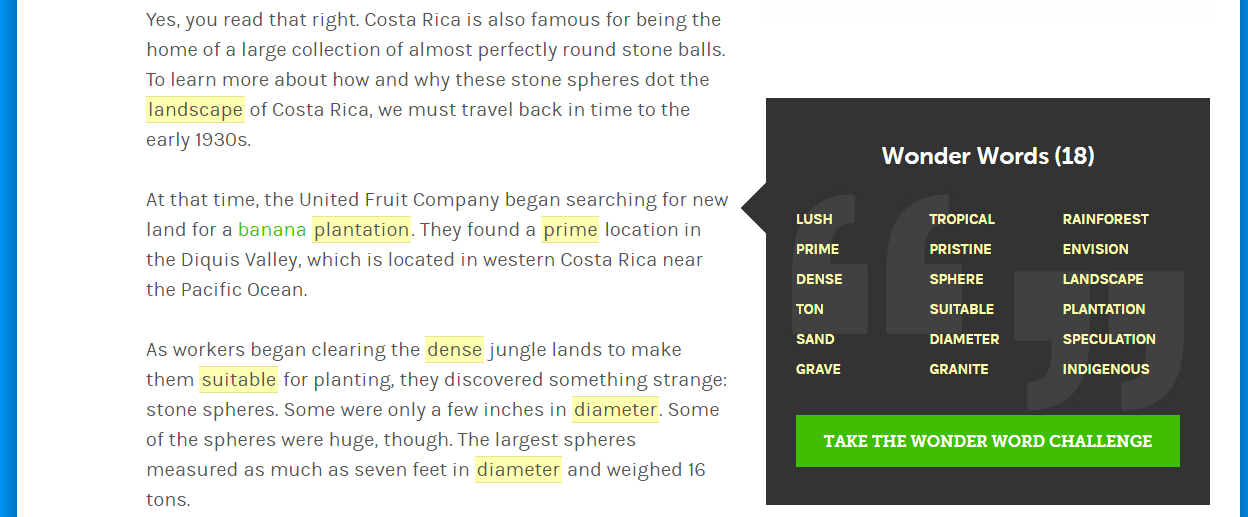


 engine to search for websites that have all three of these words. After the search, click on the word Images at the top of the page. This will produce a page full of images of U.S. monuments.
engine to search for websites that have all three of these words. After the search, click on the word Images at the top of the page. This will produce a page full of images of U.S. monuments.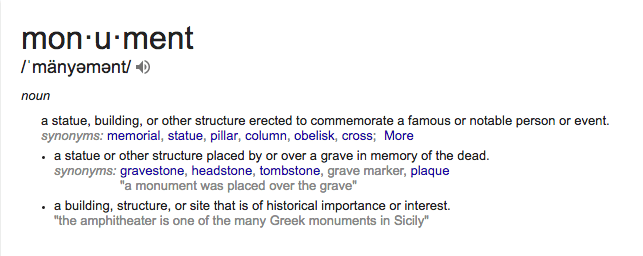 Prior to the class, select a group of YouTube videos about different U.S. and Texas monuments. Create a playlist and have your students watch the videos. Here is a
Prior to the class, select a group of YouTube videos about different U.S. and Texas monuments. Create a playlist and have your students watch the videos. Here is a  responses as a group activity. Instead of creating a Slide presentation, have the students draw images illustrating what they learned about the monument on a storyboard. This helps the students make critical decisions about what images best represent their learning and the order the images should be placed to communicate their ideas to an audience. These are necessary skills that will help them when they are older and are able to create a Slide presentation. Learning what to include and exclude is important to know. You could also take photos of their pictures and put them in a Slide presentation.
responses as a group activity. Instead of creating a Slide presentation, have the students draw images illustrating what they learned about the monument on a storyboard. This helps the students make critical decisions about what images best represent their learning and the order the images should be placed to communicate their ideas to an audience. These are necessary skills that will help them when they are older and are able to create a Slide presentation. Learning what to include and exclude is important to know. You could also take photos of their pictures and put them in a Slide presentation.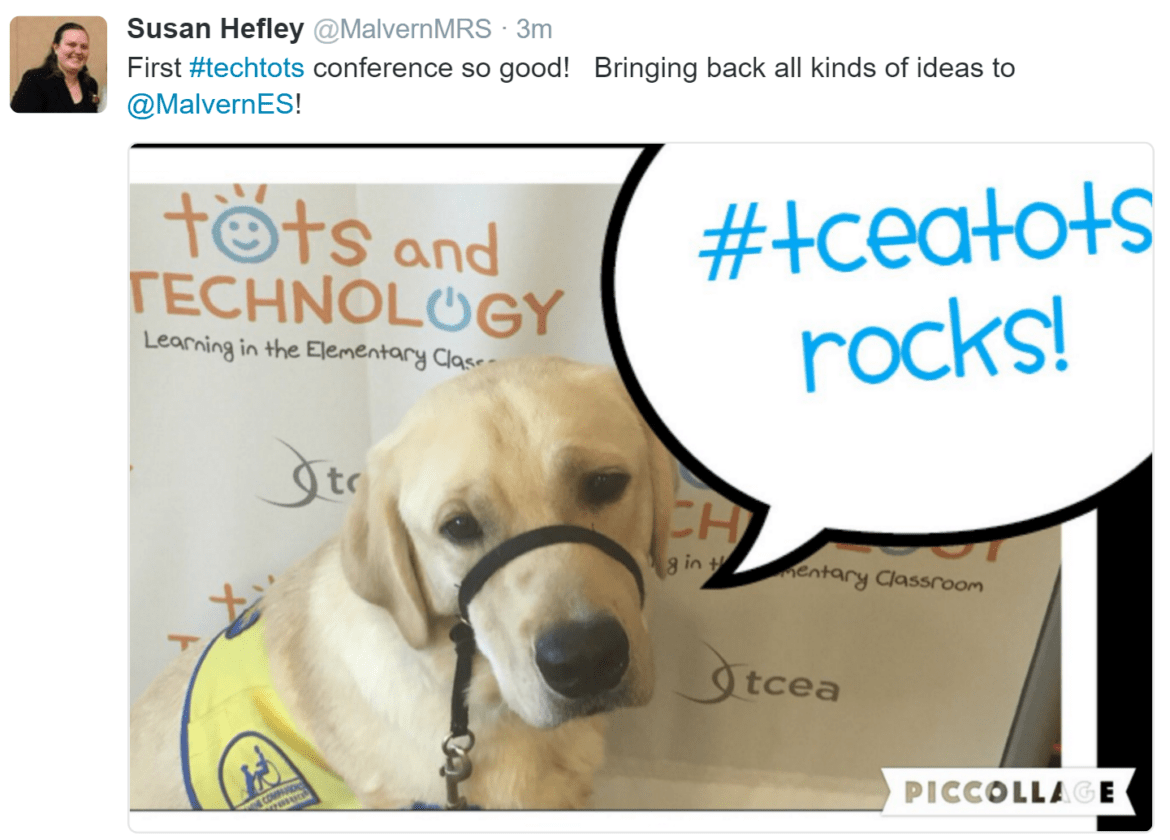
 Virtual FieldTrips and More with Sherrie Berry and Shelley Kozma (Lampasas ISD)
Virtual FieldTrips and More with Sherrie Berry and Shelley Kozma (Lampasas ISD) Coding in the Language Arts Classroom with Kelly Hong
Coding in the Language Arts Classroom with Kelly Hong Digital Learning Centers with Crystal Flores and Jeanine Freeman
Digital Learning Centers with Crystal Flores and Jeanine Freeman (
(
